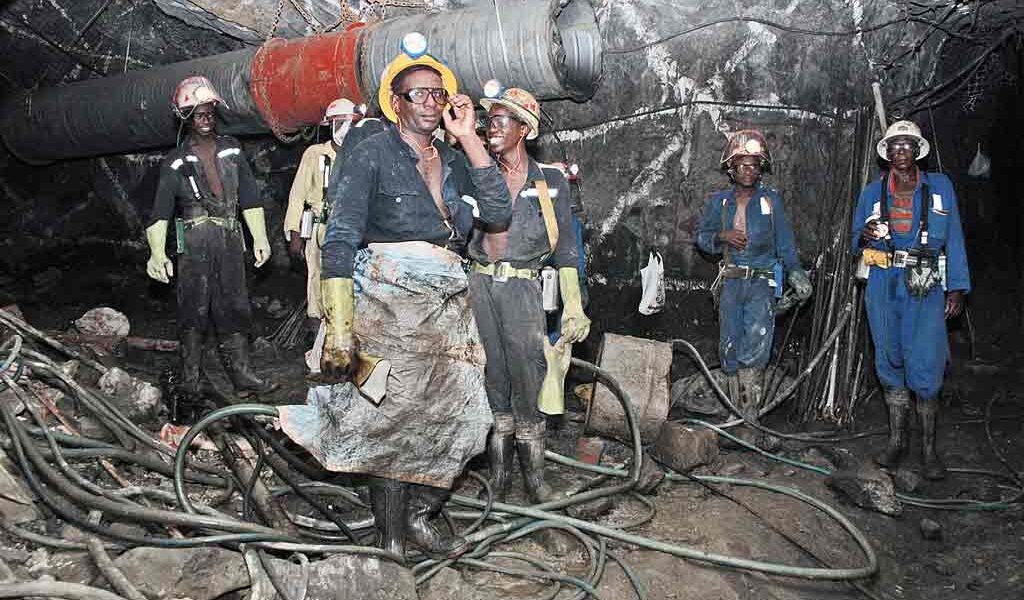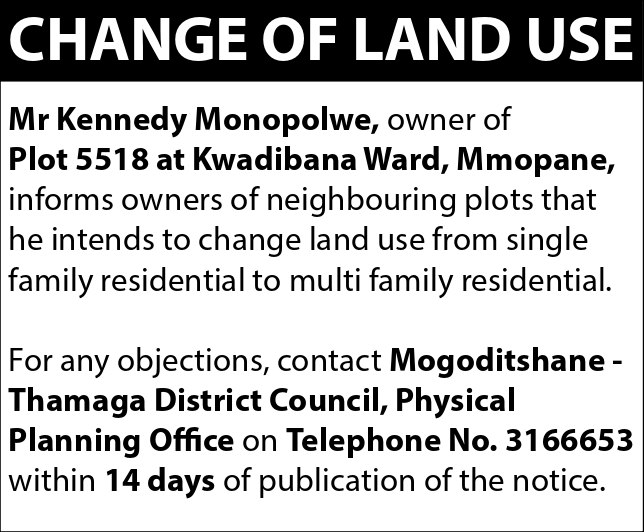Okavango region prone to earthquakes
TLOTLO KEBINAKGABO
The possibility that BCL Selibe Phikwe mine and its surrounding areas may be struck by earthquakes anytime soon are low, Botswana Geoscience Institute (BGI) Manager of Applied Geoscience Koketso Botepe, has revealed.
There has been widespread concern that a non-operational BCL Selibe Phikwe mine may collapse due to tremors that occur at the mine and its surrounding areas.
In 2014, an earthquake struck Orkney, a gold mine in the North West province of South Africa killing one person and injuring 34 miners. The US Geological Survey ascertained the quake to have a magnitude of 5.3 and was felt in Botswana as well Mozambique.
Quizzed if Botswana might face a similar situation, particularly in the Selibe Phikwe area which frequently experiences slight tremors, Botepe highlighted that his organization is still doing studies to figure out what triggers tremors around the mine.
“We want to find out where the tremors are coming from and whether indeed, they are associated with the mine. We are at a stage where we want to deploy instruments all over Phikwe including underground so we can study the information and be able to advice the nation,” he said in a recent interview with Botswana Gazette. “My personal view is that we should not be worried of any big disaster, the things you could experience may be house cracks but in terms of subsidence of the mine I would say that I am 99 percent sure that won’t happen.”
Botepe went on to dismiss chances of the mine subsidence stating that the configuration of the mine is such that it cannot not cave in. “But whatever is happening underground may affect the structures on the surface through cracks, as I said we will verify that once we have done our scientific studies,” he stated.
According to a research conducted by BGI, earthquake level in Botswana is classified as low by global standards with the Okavango region being more prone to the earthquakes. Historically, the 6.7 magnitude earthquake had its epicenter in the Okavango Delta. The last seismic event to occur in Botswana was in 2017 with a magnitude 6.5 in the Central region. The BGI study indicates that most of the earthquakes in central and Southern Africa are attributed to the south-westerly extension of the East African Rift system or EARS.
According to Botepe, in order to enable it to detect and accurately locate earthquakes in Botswana and the surrounding area, BGI intends to launch a national seismic network in the near future. He went on to say they intend to establish a seismological research center to serve as a national Seismological Observatory. The Observatory would be in alignment with the BGI’s core mandate of undertaking cutting-edge research in seismology to act as an advisory body in respect of seismic-related geo-hazards.
However quizzed if Botswana is ready to handle disastrous situations Botepe stated that for now the country is not adequately equipped to advise at local level.
“Because if you look at our network system it is quite dense on the standard of Africa and since we have a denser network covering the whole country now, we want narrow it to areas that are problematic,” he said. “That would allow us to zone out areas that are more vulnerable then put more monitoring equipment in those areas. By so doing we will now be able to come up with maps that will inform everyone if they are sitting in a red zone or not.”




